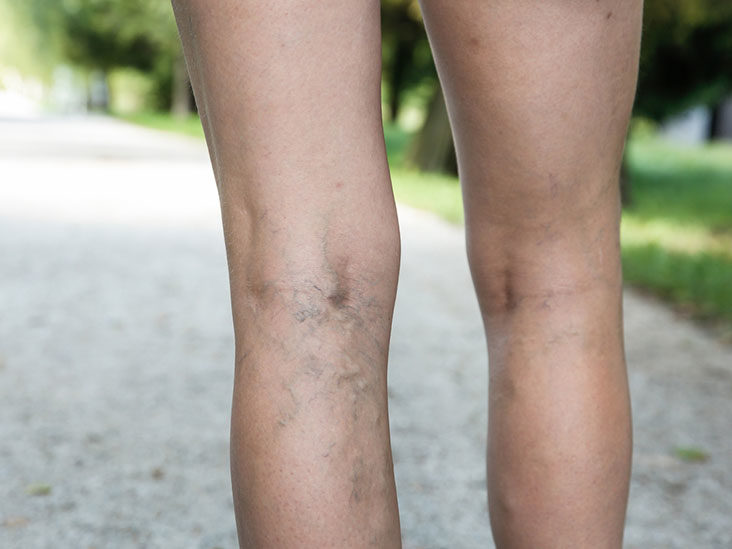While nail infections are not a health threat, they can cause pain and discomfort. Vargas Foot and Ankle Specialists recommend early treatment for nail fungus Katy. The earlier you address the condition, the easier it will be to manage it.
What causes nail infections?
Nail infections (onychomycosis) are caused by several different fungi. The yellow and white discolorations could be from candida, dermatophytes, or molds. The type of fungi depends on environmental factors such as weather and pathogen-carrying pests.
Cracks on the nail can create openings for pathogens to spread. The fungus may also spread from an athlete’s foot and infect the nail. Nail psoriasis is another factor that increases your susceptibility to onychomycosis.
Older male patients are more likely to develop onychomycosis than younger or female patients. Conditions like diabetes can limit blood flow and weaken the immune system, allowing infections to spread.
Walking barefoot, particularly in public spaces such as the gym and swimming pools, increases your susceptibility to nail infections. Another factor is tight shoes that cause your feet to sweat.
Nail infection symptoms
Fungal nail infections lead to yellow and brown discoloration on the nail’s surface. It often affects toenails more than fingernails due to the foot’s exposure to fungi and pathogens.
The discoloration usually starts at the edge of the nail. The infection spreads to the middle of the nail over time. At this stage, the nail becomes brittle and rugged.
As the infection progresses, the nail may become misshapen and break off. You may experience pain and swelling. Sometimes the nail becomes smelly and may shift out of position.
Preventing nail infections
You can reduce fungal infection by observing simple foot and hand hygiene. Ensure your fingernails and toenails are dry after cleaning. Moisture encourages the growth and spread of fungi.
Also, avoid walking barefoot in public showers and swimming pools. Keep your fingernails short to minimize pathogens picked up by your nails. Acquire your nail clippers and don’t share them with friends or family.
Nail infections diagnosis and treatment
Nail infections could be a sign of an underlying problem. Your practitioner will examine the nail and take a sample for lab tests. The results of the tests will determine the best treatment for your case.
Some of the treatments may include:
- Oral medication: Your practitioner may prescribe oral antifungal medication to manage nail infections. The treatment may take six weeks for fingernails and 12 weeks for toenails. The most common drug for onychomycosis is terbinafine, but it may have side effects for some patients.
- Antifungal topical cream: your provider may prescribe a cream to apply to the infected nail. The thickened part of the nail is sometimes removed to allow the cream to penetrate.
- Antifungal nail polish: The treatment involves applying nail polish on the infected nail. You will need to use it daily for seven days. After a week, you will clear the nail polish and apply it again. It takes longer than other treatments and may require up to a year of application.
Your healthcare provider may also recommend removing the nail to apply the medication directly to the nail. The treatment is prescribed for severe cases as determined by your provider.



